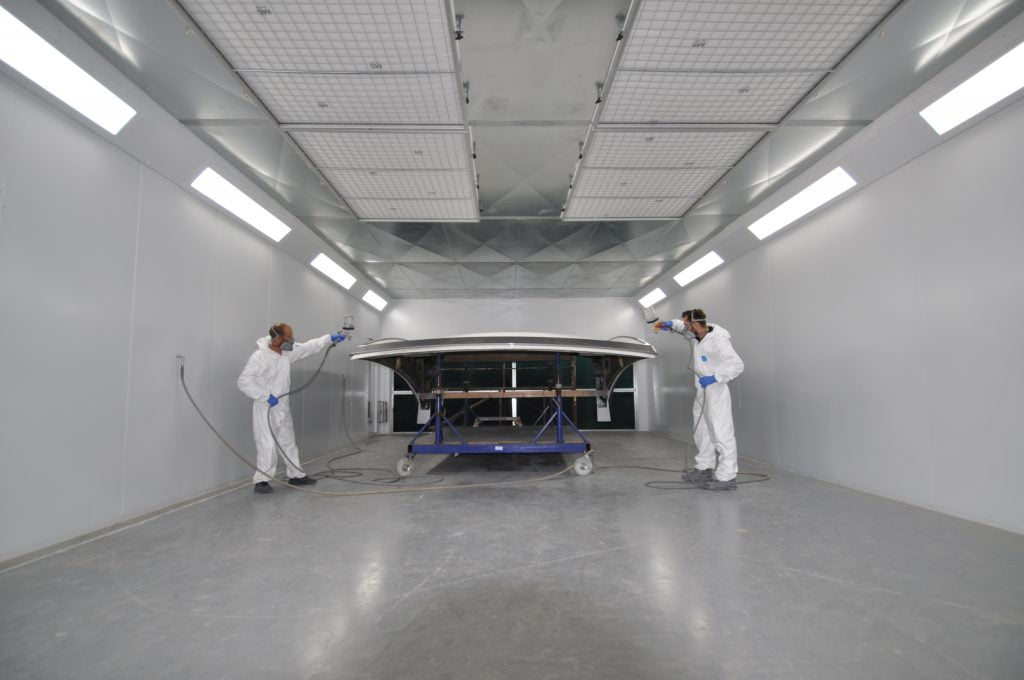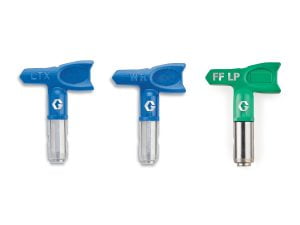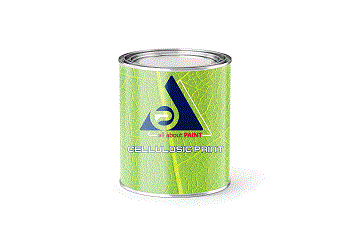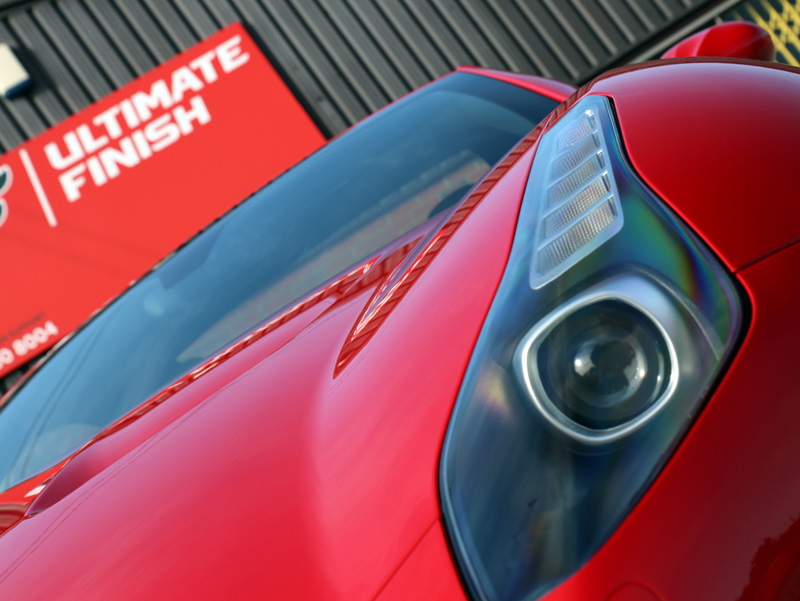Airless Paint Sprayers

Airless Paint Sprayers
Airless paint sprayers are a type of paint sprayer that doesn’t use a compressor or turbine to pump paint out of the system. Instead, they use high pressure pneumatics, gas, or electricity to pump paint evenly onto the surface of your project.
In this article, we’ll cover everything you need to know about airless paint sprayers.
Benefits of using an airless paint sprayer
Airless paint sprayers have three key advantages over paint sprayers with air compressors:
- Portability: The most obvious advantage of an airless paint sprayer is that they’re more portable than traditional sprayers. Airless paint sprayers are ideal for job sites and projects with a large surface area to cover or difficult to spray places.
- Paint finish: Airless paint sprayers provide a smoother finish than other options.
- Pressure: Airless paint sprayers have a consistent stream of high pressure paint forced through the nozzle, while traditional sprayers must build up pressure with an attached compressor. However, airless paint sprayers need to be handled with care because the PSI can reach dangerous levels.
The biggest disadvantage of airless paint sprayers is the costs — airless paint sprayers are typically going to cost between $200 to $2000, depending on the model and features you select (we’ll cover the best airless paint sprayers based on different categories below).
Types of airless paint sprayers
Airless paint sprayers typically fall into three different categories based on their power source:
- Pneumatic paint sprayers
- Electric paint sprayers
- Gas paint sprayers
There are advantages and disadvantages to all three types, which will be covered below.
Pneumatic airless paint sprayers
Pneumatic airless paint sprayers are the best option for contractors and industrial facility managers, because of the versatility of nozzle sizes they can use. Different types of coatings require different nozzle sizes in order to be applied.
Pros:
- Adaptable: Compatible with other nozzle-based equipment for contractors
- Safety: Safe in hazardous environments (e.g. explosive or chemical)
- Versatility: Capable of using a variety of nozzle types and spray guns
Cons:
- Loud: The noisiest option
- Environment-specific: Not appropriate for cold environments (can freeze)
Electric airless paint sprayers
Electric airless paint sprayers are a good option for smaller, residential contractors that might not need the power of a gas or pneumatic airless sprayer.
Pros:
- Quiet: The quietest of all power types
- Energy efficient: Reduces the cost of using the paint sprayer
- Multi-environmental: Can be used in cold environments
Cons:
- Pressure: Less PSI than the other options
- Battery limiting: Needs to be plugged in or charged
- Nozzles: Only smaller nozzles can be used
Gas airless paint sprayers
Gas airless paint sprayers are another great option for industrial contractors, but they’re limited by explosive environments and require permits on certain job sites.
Pros:
- Portability: Gas airless paint sprayers are the most portable / built-in power source
- Pressure: The most PSI compared to the other power sources
- Power: Able to handle the toughest projects
Cons:
- Environmentally-limited: Not allowed in chemical or explosive environments due to the power source
- Permits: Requires a permit on certain job sites
Other types of airless paint sprayers
Airless paint sprayers can also be categorized based on other characteristics.
Handheld airless paint sprayers
Handheld spray guns can be used for smaller DIY residential projects. These are usually battery powered and are powered by a small motor. The nozzles are generally smaller and can only handle low viscosity paints like lacquer or stain.
We do not recommend handheld airless sprayers for larger projects.
Cart airless spray guns
These types of sprayers are larger and have a motor with a tank attached to a cart with wheels.
These sprayers are more appropriate for larger projects where portability is a factor, but aren’t as heavy duty as stand airless sprayers.
Stand airless paint sprayers
Stationary airless paint sprayers are also an option. The tank and motor will be attached to a mounted stand that can fit on the back of a truck to be moved around.
These are the largest and highest pressure (most powerful) types of sprayers, but they’re obviously limited by their lack of portability.
How to use an airless paint sprayer
Once you’ve selected an airless paint sprayer, you’ll want to consider several factors before you use the sprayer.
What paint should you use in an airless paint sprayer?
With paint sprayers in general, you want to use a low viscosity paint to avoid clogging or jamming the sprayer. Latex paints and stains are good options for residential paint projects.
However, industrial painters may need to use higher viscosity paints in an airless sprayer.
Most paint sprayers, e.g. HVLP sprayers, require low viscosity paint in order to apply a smooth, even coat. However, airless
higher viscous materials (thick coatings that can handle high pressure from the sprayer) are an option for airless paint sprayers.
Coatings like epoxies can be used in airless paint sprayers, which is why they’re the preferred sprayer for industrial applications. When you need to meet VOC guidelines and use a 100% solids epoxy, airless sprayers are your
What environments are compatible with sprayers?
As we mentioned above, different types of airless paint sprayers are appropriate for different environments. An industrial contractor, you may need multiple sprayers, while a homeowner fixing up their property might only need one suitable for their environment.
Electric airless paint sprayers are the most adaptable to environmental conditions and can be used in cold, explosive, and chemical environments.
Pneumatic airless paint sprayers can struggle in cold environments (freezing up and not properly discharging the paint.
Gas airless paint sprayers cannot be used in explosive or chemical environments where an open flame or chemical reaction could lead to disaster.
What size nozzle tip do you need for your sprayer?
Based on the material you’re applying, you’ll need different sized tips.

Small nozzles
- Anywhere from 0.009in to 0.013in
- Used for low viscosity materials such as stains
Medium nozzles
- 0.015in to 0.19in
- Used for medium viscosity materials such as latex and oil-based primers
Large nozzles
- 0.021in to 0.31 (or larger)
- Appropriate for industrial materials like epoxy, fireproofing, and other industrial coatings
This guide from DP airless provides a concise summary of the various nozzles required for different.
How does an airless paint sprayer work
An airless sprayer works by pumping paint through a small nozzle at a high PSI (up to 3000 PSI). Atomized paint fans out evenly across the surface you’re painting.
Airless paint sprayers contain five key parts:
- The hose that connects the paint to the paint gun / sprayer
- The tip or nozzle that adjusts for the viscosity of your desired paint
- The gun that controls the flow of paint
- The pump that pushes paint through the system
- The power source that powers everything (e.g. pneumatics, gas, or battery)
Close *Name * Email * text message |

.png)
.png)
.png)
.png)




